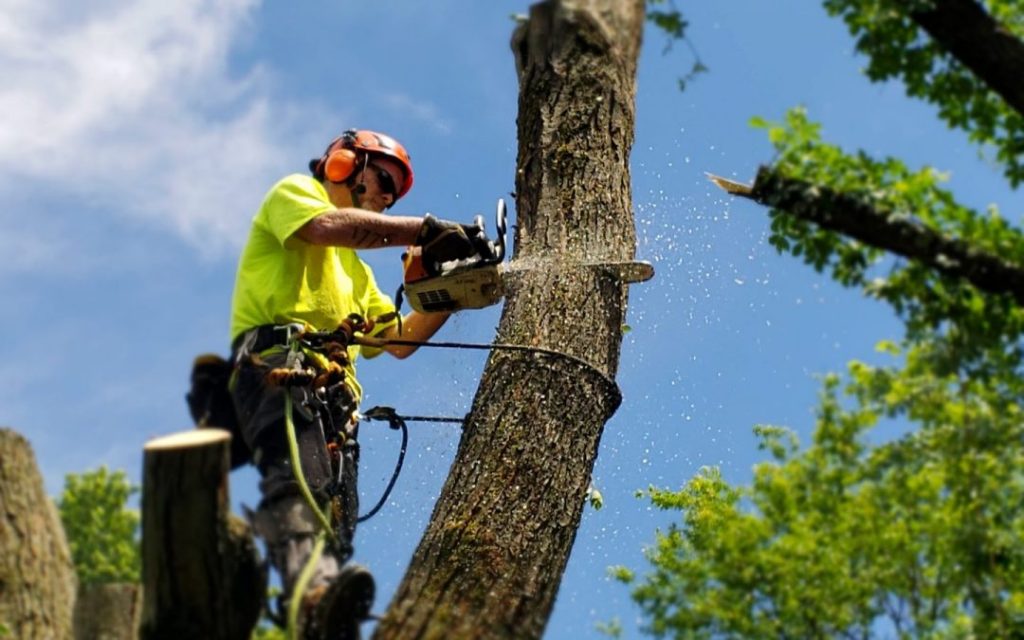In the heart of our bustling cities, where concrete and steel dominate the landscape, urban forests provide a much-needed breath of fresh air, literally and figuratively. These green sanctuaries are not merely decorative; they play crucial roles in enhancing air quality, providing shade, reducing urban heat islands, and offering habitats for wildlife. The unsung heroes behind the health and maintenance of these urban forests are tree surgeons, also known as arborists. These experts possess a blend of scientific knowledge, technical skill, and a deep passion for nature, making them indispensable in preserving and enhancing our urban green spaces. Tree surgeons are tasked with a range of responsibilities that go far beyond the simple act of pruning. They assess the health of trees, diagnose diseases, and determine the best course of action to treat and prevent ailments. This requires a comprehensive understanding of tree biology, soil science, and pest management. Arborists must be adept at identifying symptoms of distress in trees, such as unusual leaf discoloration, bark damage, or stunted growth. Their expertise allows them to implement effective treatments, which might include the application of fertilizers, pest control measures, or structural supports to aid in tree stability.

One of the critical roles of tree surgeons is the strategic pruning of trees. Pruning is not just about trimming branches to shape a tree aesthetically; it is a science that involves removing specific branches to improve the tree’s health and longevity. Proper pruning can prevent the spread of disease, enhance air circulation within the canopy, and remove potentially hazardous limbs that could pose a threat to public safety. In urban environments, where space is limited and trees often grow near buildings, power lines, and roads, the precision and skill of tree surgeons in performing these tasks are vital. Tree surgeons also play a crucial role in tree planting and species selection, ensuring that the right trees are planted in the right places. Urban areas can be harsh environments for trees due to limited soil space, pollution, and extreme temperatures. Arborists carefully select species that can thrive in these conditions, considering factors such as drought resistance, root structure, and growth patterns. By choosing appropriate species and planting them correctly, tree surgeons help ensure that urban forests are resilient and sustainable.
Moreover, Tree Surgeon is often called upon to manage emergency situations. Storms, high winds, and other natural events can cause significant damage to urban trees, resulting in fallen branches or uprooted trees that pose immediate risks to people and property. In such scenarios, tree surgeons respond swiftly to safely remove debris, mitigate hazards, and assess the damage to plan for the trees’ recovery or replacement. Public education and community engagement are also integral to the work of tree surgeons. They often collaborate with local governments, schools, and community groups to promote awareness about the importance of urban trees and proper tree care. Through workshops, seminars, and hands-on demonstrations, they empower residents to participate in maintaining their green spaces, fostering a collective sense of responsibility and appreciation for urban forests. In conclusion, tree surgeons are the guardians of our urban forests, combining expertise and dedication to ensure these vital green spaces thrive amidst the urban sprawl. Their work is essential for maintaining the ecological balance, aesthetic beauty, and overall health of our cities. By preserving and nurturing urban trees, tree surgeons contribute significantly to the quality of life in our urban environments, making them true heroes of the urban landscape.
